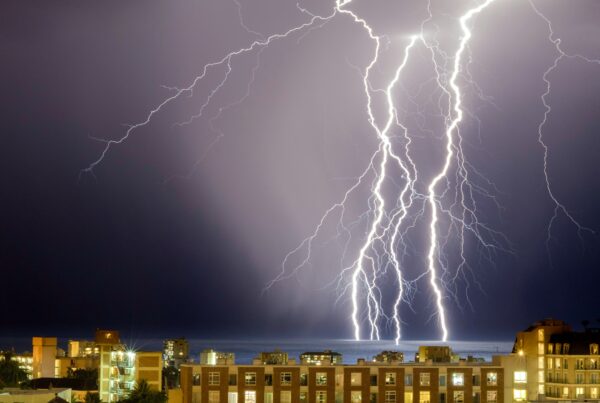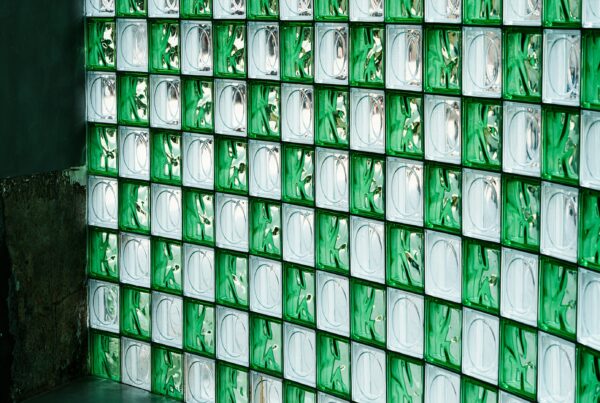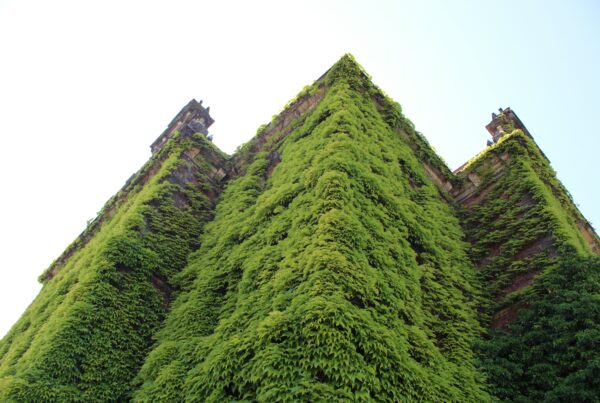One of the more disheartening news reports we read about last week was the one about carbon dioxide reaching a new record level—400 parts per million, as measured in the atmosphere of Mauna Loa, Hawaii. For scientists and environmentalists, this is no doubt a staggering number—hopefully, the final nail in the coffin that will once and for all convince those who still choose to refute global warming.

Hylozoic Ground — Large scale protocell installation by Dr. Armstrong (Image from http://www.newscientist.com)
Which reminds me of the painted highway barriers in the city I’m living in. Sponsored by a paint company, it’s a mile-long graffiti art on the concrete wall, done in their very own environment-friendly paint which supposedly absorbs the carbon dioxide spewed by the hundreds of thousands of vehicles plying the highway each day.
It’s a valiant and noble effort by the paint company, to say the least—especially considering the fact that paint industries have serious impact to the environment. I see through their guilt-mending ways—this is the same paint factory who regulary spewed excess paint in the drainage water when I was young. Every other day, the water turned a different hue—simultaneously a fascinating and discomforting scene. But I’m digressing.
The point is just how effective are those CO2-absorbing paints anyway?
Smart Paint
In 2010, Dr. Rachel Armstrong and her research group at the University College London developed a smart paint that react with the carbon dioxide in the air and turns it into limestone. The paint contains what she dubs “protocells”, synthetic chemicals with life-like qualities, behaving just like organic microorganisms. According to Armstrong, her smart paint “actually eats carbon and change it into a shell-like substance.” In the case of building walls, the calcified by-product layer even heals and repairs microcracks on the surface before they grow larger.
Armstrong’s work on smart paint is just part of her bigger endeavor to integrate “synthetic biology” into architecture.
Compared with other traditional carbon sequestration processes (e.g. where carbon dioxide is deposited underground to keep it from joining the air)–paint as a carbon sink isn’t as effective. But when lavished on severals hundreds of square meter, this eco-friendly paint just might have a carbon-reducing impact as promised by its maker.
Of course, it’s one thing to jazz up the highway in a grafitti using smart paint, but it’s quite another to actually limiting the number of vehicles on the road at any given time. With the latter, we won’t be dealing with as much carbon dioxide to begin with, which makes sense.
Right now, the two biggest sources of carbon emissions are power and transportation. According to a 2011 paper published by the Imperial College London, one third of the power consumption worldwide is credited to the building sector.
Just as it is with limiting cars in the freeway, the construction sector has to create carbon negative buildings to begin with.
Dr. Armstrong notes that, “At present, buildings are big machines that take our resources and turn them into poison.” Not if we can help it.









